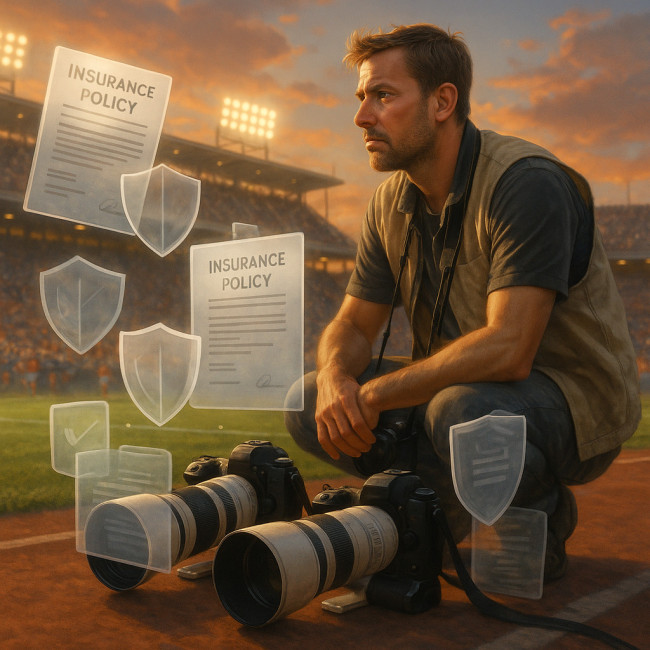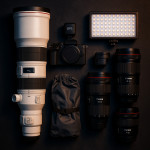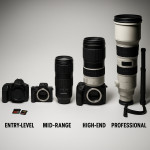Sports photographer insurance essentials: safeguard gear, venues, reputation
One fall in the pit lane, one stray ball in the stands, and thousands of euros of camera gear—or your professional reputation—can vanish in seconds. This guide walks you through the must-have insurance policies for sports photographers, how to compare providers, and practical steps to keep premiums low while maximising protection.
Why insurance is non-negotiable in sports photography

Fast-paced action, crowded venues and expensive equipment create a perfect storm of risk. Beyond broken lenses, you also face venue liability claims, data-loss nightmares and contract penalties. Insurance transforms these threats into manageable business costs, letting you focus on capturing decisive moments rather than dreading accidents.
Real-world risk scenarios
- Pitch-side collision: A sliding footballer knocks you over, damaging two bodies and a 400 mm lens.
- Fan injury claim: A tripod tips over during a halftime sprint and cuts a spectator's leg.
- Data corruption: A corrupt CFexpress card erases a sponsor's hero shot minutes before syndication.
- Venue contract breach: Missed delivery deadlines due to injury lead to penalty fees.
Core coverage types every sports photographer needs
| Coverage | What it Protects | Typical Limits | Key Exclusions |
|---|---|---|---|
| Equipment (Inland Marine) | Cameras, lenses, laptops, drones, media cards | €5 000 – €150 000 | Normal wear, cosmetic scratches |
| Public Liability | Injuries & property damage to third parties | €1 million+ | Intentional harm, motor vehicle incidents |
| Professional Indemnity | Breach of contract, missed deadlines, licence errors | €250 000 – €2 million | Fraud, criminal acts |
| Personal Accident | Medical bills & income loss after injury on assignment | Depends on wage | Pre-existing conditions |
| Cyber/Data Loss | Recovery of corrupted or stolen image files | €25 000 – €100 000 | Hardware failure without backup plan |
Match cover to your assignment mix
Cover limits should reflect the most expensive kit you carry and the highest venue liability clause you sign. For example, international motorsport photographers often exceed €100 000 in gear replacement value, while local youth-league shooters may manage with €15 000.
Comparing insurers: five checkpoints before you sign
- Specialist vs. generalist: Providers that cater to visual-media professionals understand rental gear, worldwide transit and copyright pitfalls better than generic business insurers.
- Worldwide transit endorsement: Make sure your kit is covered door-to-door, including flights and cargo holds.
- Rental equipment extension: If your 70-200 mm dies mid-tournament, you need fast rental coverage to keep shooting.
- Turnaround on certificates: Many stadiums demand proof of liability within 24 hours. Providers offering instant downloads save stress.
- Claims reputation: Check industry forums and the live-shoot risk management guide for real user feedback on payout speed.
Premium factors and how to save without cutting corners
What drives the cost?
- Total declared equipment value
- Travel radius and frequency
- Sport type (motorsport and extreme sports cost more than tennis)
- Claim history and security measures
Cost-reduction tactics
Insurers reward proactive risk management. Adopt the following and negotiate better rates:
- Serial-number inventory: Upload a current spreadsheet of bodies, lenses and serials.
- Duel Card & cloud backup workflow: Demonstrate redundancy to lower cyber-loss premiums.
- Venue-approved safety training: Certificates in crowd-management or first aid cut liability fees.
- Assistant protocol: Use our assistant roles checklist to document staff briefings and reduce accident likelihood.
Risk-proofing on location: your first line of defence
Gear protection habits
Insurance pays after disaster, but prevention keeps you shooting. Combine padded rain covers, tethered lens caps and dummy wallets (for petty theft hotspots) with a lean kit plan from the gear roadmap for aspiring sports photographers.
Venue compliance checklist
- Read the contract's indemnity and force-majeure clauses before arrival.
- Submit your certificate of liability to the venue manager 48 hours ahead.
- Use gaffer tape to mark safe tripod zones, especially courtside.
- Label flight cases with reflective tape for post-match exit chaos.
Many arenas also require proof of directory affiliation. Linking your profile on the international sports photographer directory can speed up credential approval.
Filing a claim without headaches
Immediate steps
- Notify venue security and record incident numbers.
- Photograph damaged gear or injury scene from multiple angles.
- Collect witness statements on smartphone voice memos.
- Email your broker within 24 hours with serial numbers and repair quotes.
Documentation cheatsheet
Keep these items in a cloud folder ready to share:
- Proof of purchase or current valuation certificate
- Rental agreement (if replacement gear is needed)
- Copy of assignment contract highlighting delivery deadlines
- Venue incident report or police file number
Future-proof your reputation
A swift, professional response to accidents reassures clients and venues that you're a low-risk partner. Publish a brief service update on social media, credit the insurer for support, and deliver remaining images on time—even if you switch to a backup body. That transparency earns repeat bookings and higher-margin briefs.
Mini Quiz: Are you really covered?
FAQ
- Can I buy short-term insurance for a single tournament?
- Yes. Many specialist brokers offer one-day to one-month policies covering equipment and liability. Check that the policy includes worldwide transit if you fly.
- Does homeowner's insurance cover my camera gear at stadiums?
- Usually not. Personal policies exclude professional use and commercial venues. A dedicated photographer equipment policy is safer and often affordable.
- How do I value older lenses for the insurer?
- Use recent online sales data or request a written appraisal from a certified camera service centre. Insurers accept fair-market value rather than original retail price.
- Will a claim increase my premium?
- Minor equipment claims may leave premiums unchanged if you have a multi-year no-claim bonus. Frequent or liability claims almost always trigger higher rates at renewal.
Take the next step
Review your current policies tonight. If gaps appear, request quotes from two specialist brokers and schedule a 15-minute risk audit before your next assignment. A fully protected photographer wins client trust, captures better images and sleeps easier.
Ready to level-up? Secure comprehensive cover now and return trackside with confidence.











